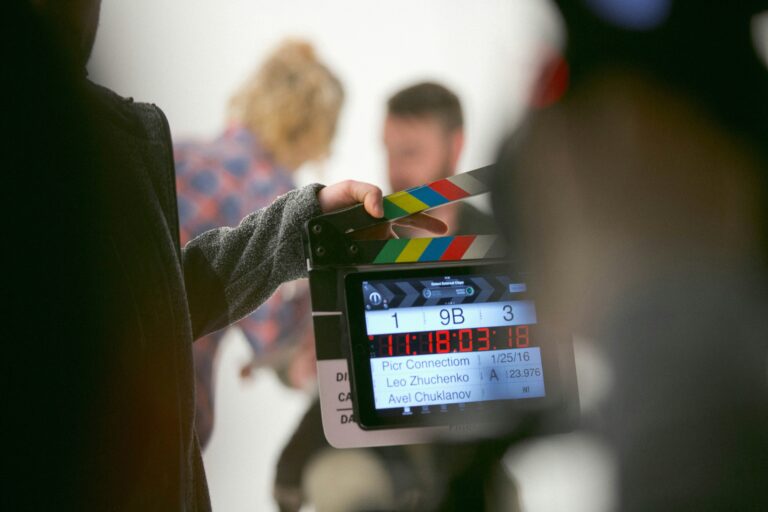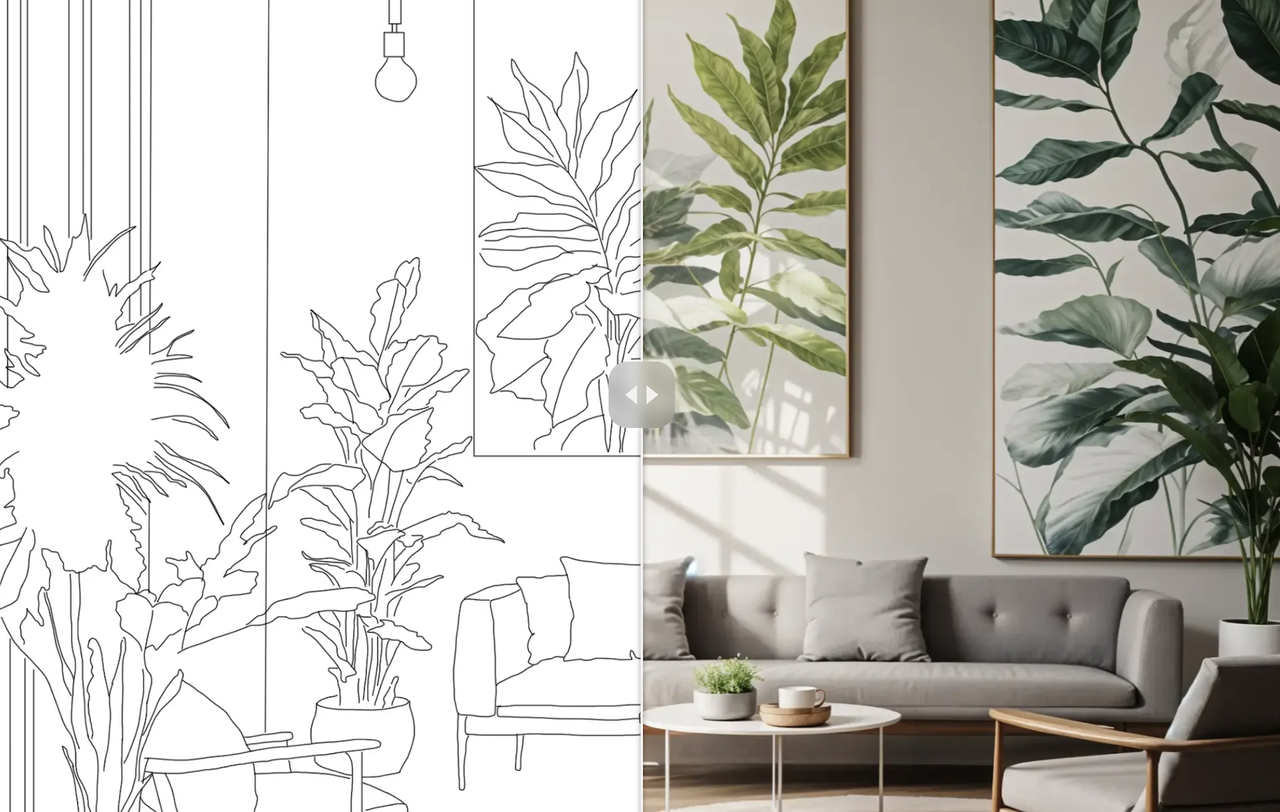Bentley hat das Konzeptauto EXP 15 vorgestellt. Es verbindet irgendwie Tradition mit moderner 3D-Technologie. Es geht um Grand Tourer und Nachhaltigkeit, was auch immer das heißen mag. Die Idee mit der additiven Fertigung klingt ja nett, aber irgendwie ist das alles ziemlich gleichgültig. Ein weiteres Auto, das die Welt nicht braucht.
#Bentley #EXP15 #Technologie #Nachhaltigkeit #AutoDesign
#Bentley #EXP15 #Technologie #Nachhaltigkeit #AutoDesign
Bentley hat das Konzeptauto EXP 15 vorgestellt. Es verbindet irgendwie Tradition mit moderner 3D-Technologie. Es geht um Grand Tourer und Nachhaltigkeit, was auch immer das heißen mag. Die Idee mit der additiven Fertigung klingt ja nett, aber irgendwie ist das alles ziemlich gleichgültig. Ein weiteres Auto, das die Welt nicht braucht.
#Bentley #EXP15 #Technologie #Nachhaltigkeit #AutoDesign















